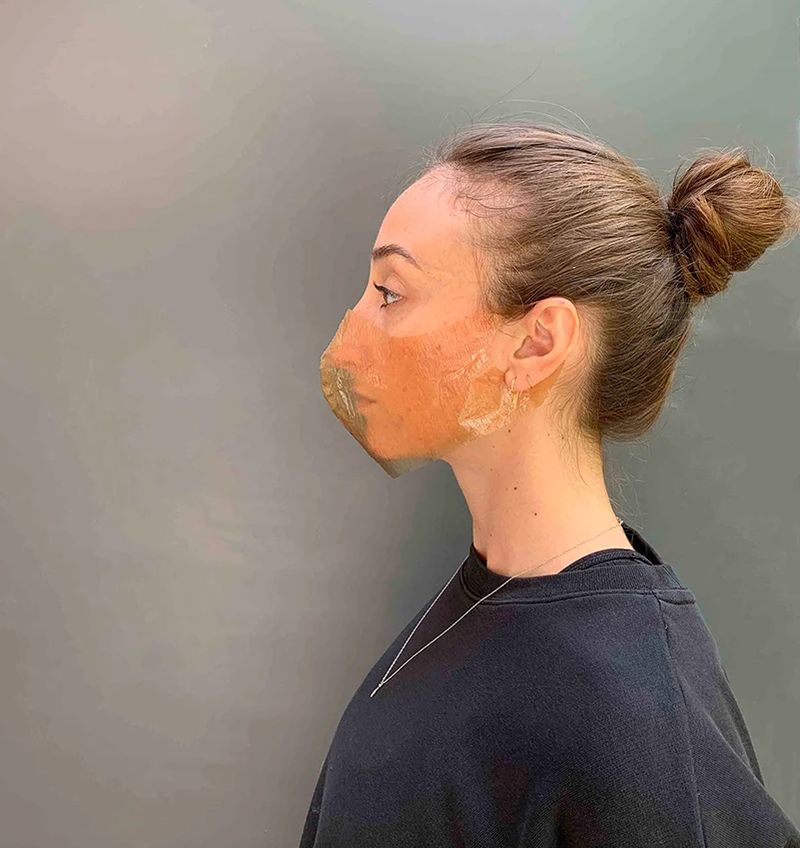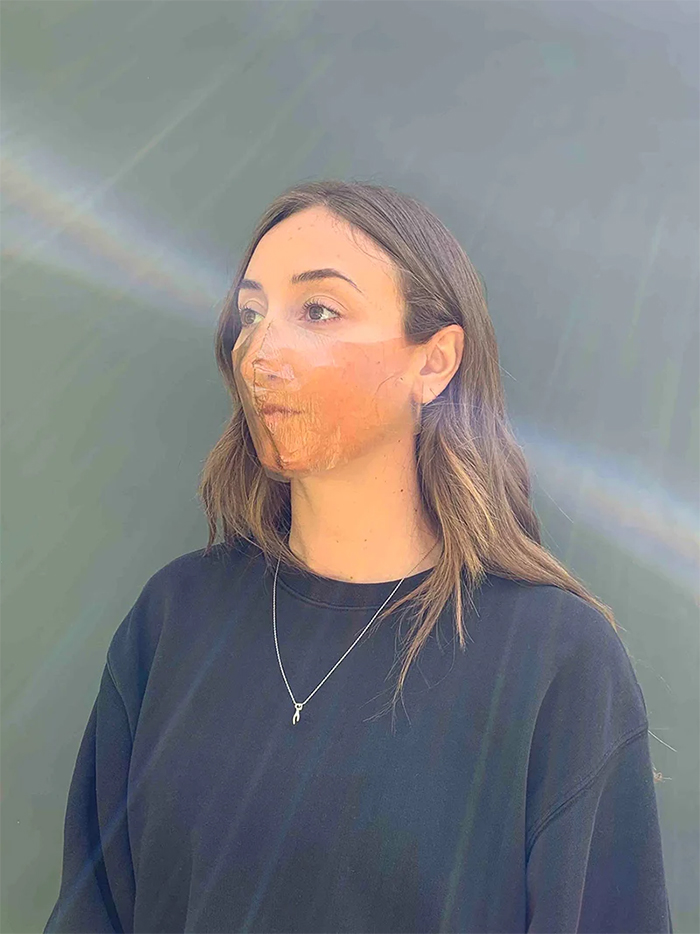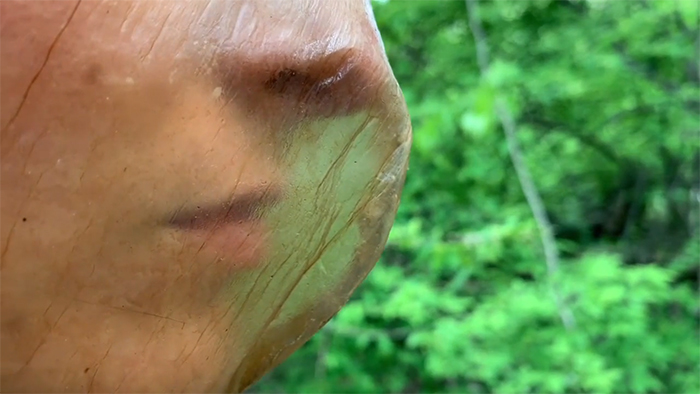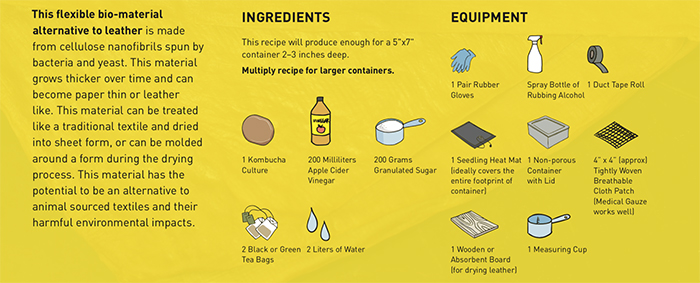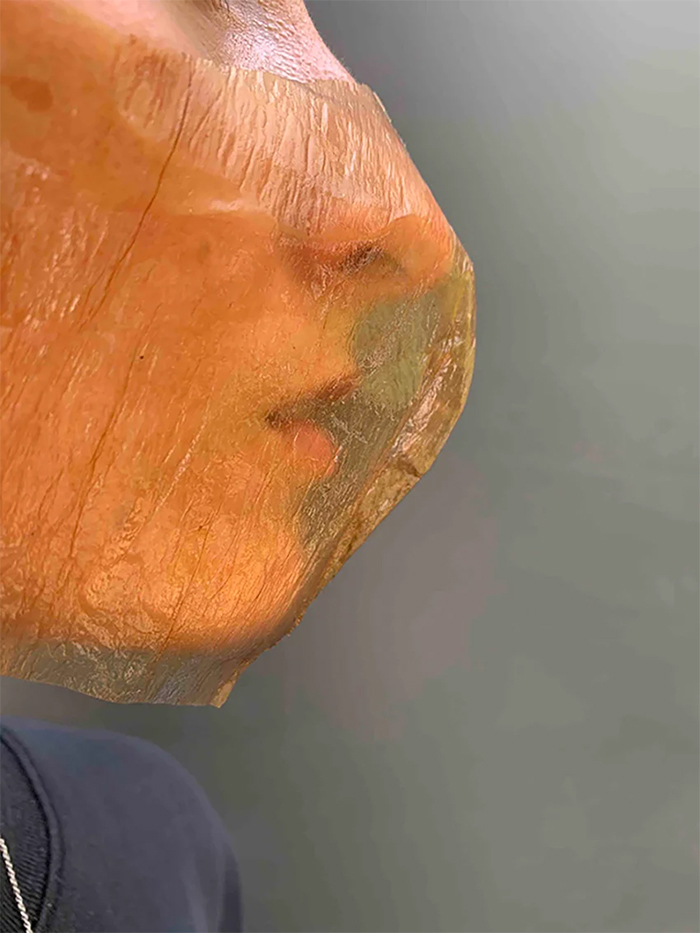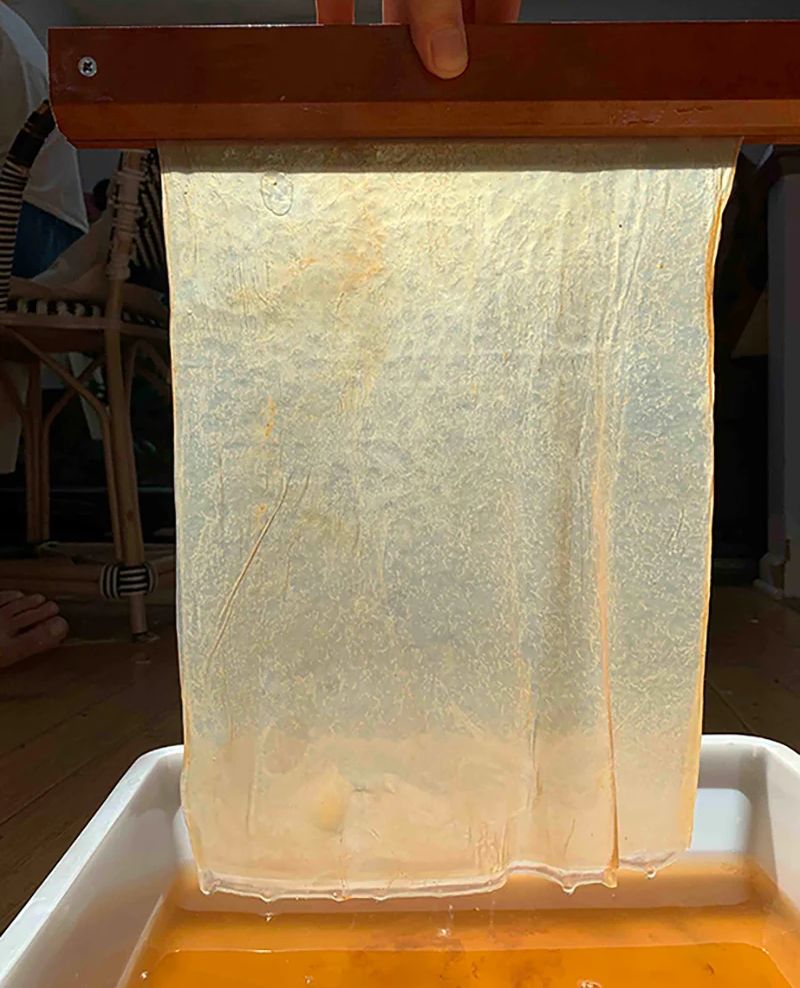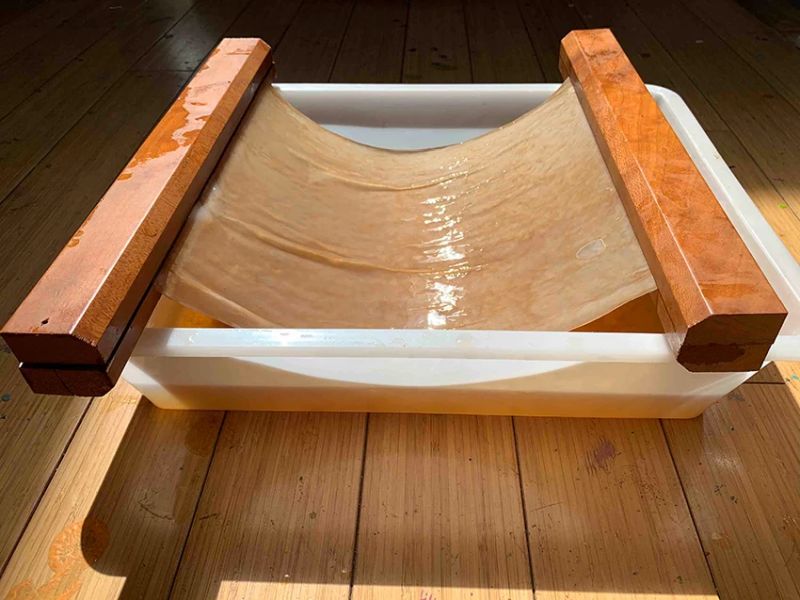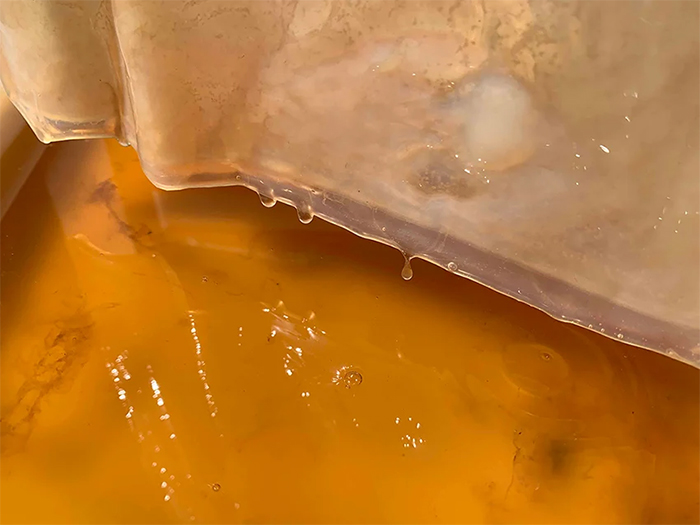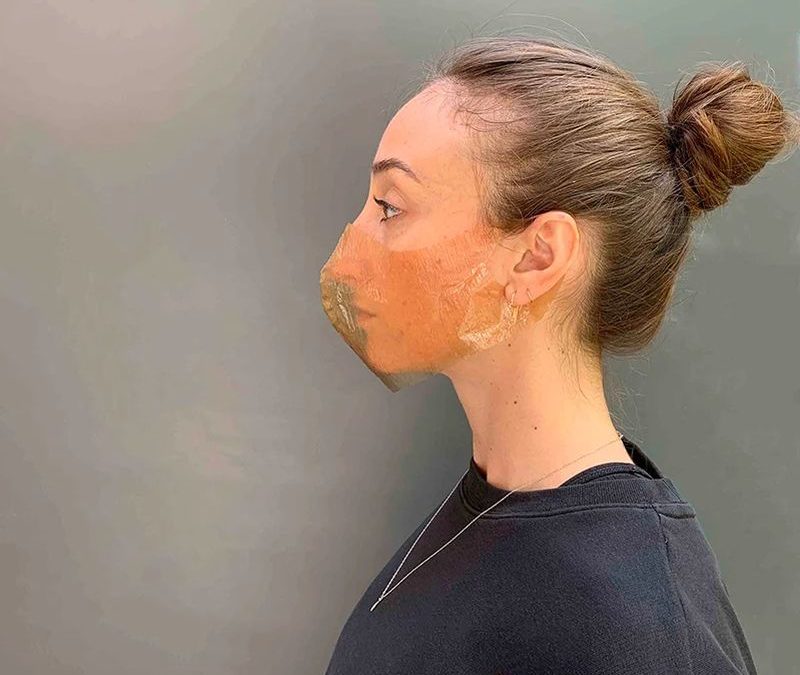
COVI/DESIGN #4
Let’s start the fourth article of Covi/Design with a focus on “coronagrifting” and “PR-architecture”, new important thoughts and ideas by Kate Wagner, worth sharing and knowing. Kate is an architecture critic and creator of the McMansionHell, a bi-weekly blog that “aims to educate the masses about architectural concepts, urban planning, environmentalism and history by making examples out of the places we love to hate the most: the suburbs.”
Kate is the creator of the term Coronagrifiting, in reference to articles by blogs such as dezeen, designboom and archdaily which show simplistic solutions as a response to the virus. Coronagrifts involves “new innovative, health-centric designs tackling problems at the intersection of wearables and personal mobility,” which is PR-chitecture speak for “body shields and masks.”
While with PR-chitecture, she identifies architecture and design contents that have been dreamed up from scratch to look good on instagram feeds or, more simply, for clicks.
I quote:
“You may be asking, “What’s the harm in all this, really, if it projects a good message?” And the answer is that people are plenty well encouraged to stay home due to the rampant spread of a deadly virus at the urging of the world’s health authorities, and that these tone-deaf art world creeps are using such a crisis for shameless self promotion and the generation of clicks and income, while providing little to no material benefit to those at risk and on the frontlines.“
Unfortunately, there’s a lack of critical spirit in the design world: for example, in this moment marked by the abuse of plastics and the inability to recycle what we produce, why do we want to produce new plexiglas dividers? Or new plastic masks? It’s a nonsense. We don’t want to say that every product is useless or involves coronagrifts, as an example we may think about those transparent masks which allow deaf people to read the lips, really important. However, many products are useless, designed for the need to bring something new on the market.
The biggest problem are not designers, but us, the public, journalists, critics, professionals, who share these projects without reasoning and propose them as final solutions, while very often they are just fast infills, designed to be published on the cool blog.
After this introduction we talk about project, a real one, with Xylinum Mask, Sum Studio. Thinking about personal protective equipment, Elizabeth Bridges and Garrett Benisch, as bio-designers, looked at the natural world which is full of filters, membranes and woven barriers, ready to be used or imitated. To demonstrate how accessible these materials are, they decided to grow their own bacterial cellulose mask in their kitchen during the quarantine, while speculating some ways in which this prototype could be used just like the fusion blown fabric of the N95 masks, which are in short supply.
Bacterial cellulose is created by a common bacterium, called xilinum acetobacter, on the surface of a liquid on which it lives. This bacterium can be grown with a little water, tea, sugar and a small sample. With their multiplication, bacteria form cellulose fibers in a single membrane that can be collected and dried as a workable material. Once it is thick enough, it can be removed and hung up to dry like a sheet. The result is flexible and resistant, but it degrades easily in the environment, it can therefore be waterproofed and oiled with natural ingredients to have the softness and strength of thin skin. The mask should then be recycled directly into the organic waste bin.
The whole production process lasts about two weeks, but the positive aspect is that anyone, even at home, can start their own production, which will be more sustainable than the current one. With this project, Sum Studio uses biodesign to look at the natural world and provide sustainable solutions without damaging the environment.
c

